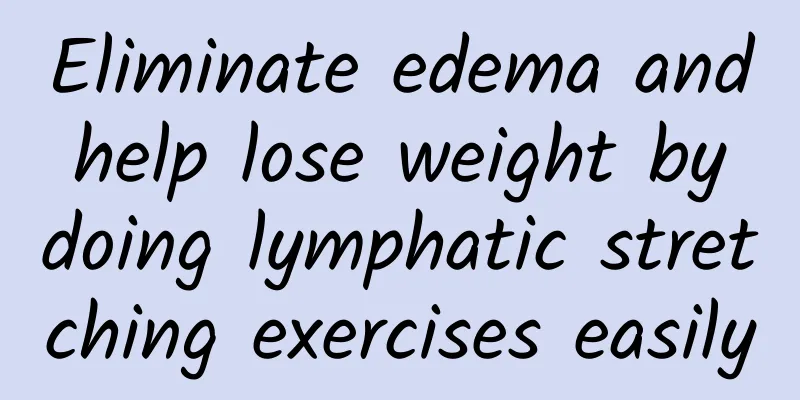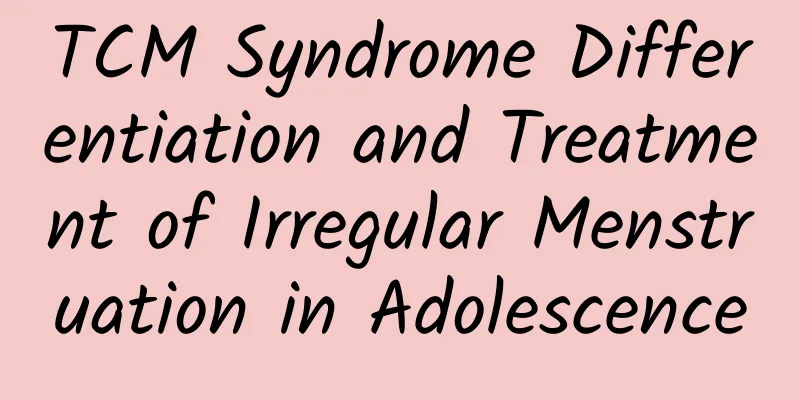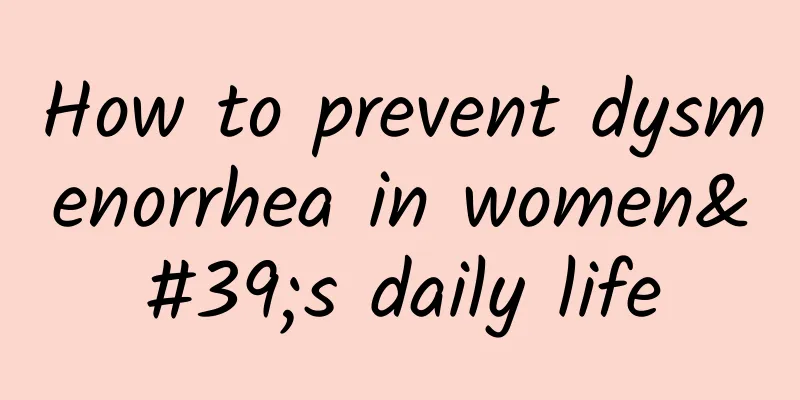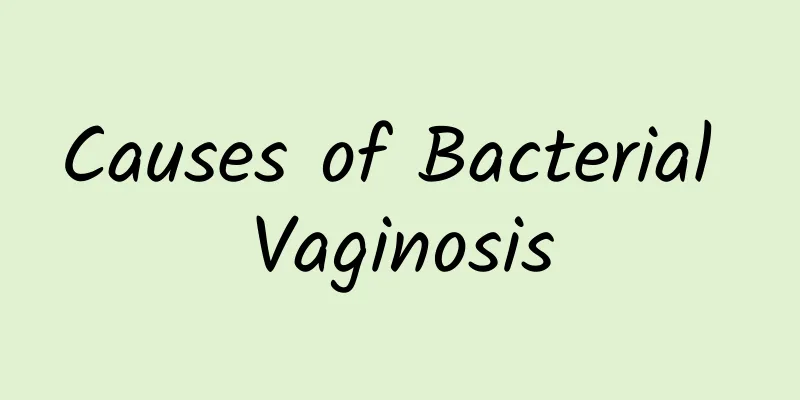Preventing osteoporosis requires more than just calcium! Nutritionist Hu Ci'en reveals: 3 nutrients to maintain bone health
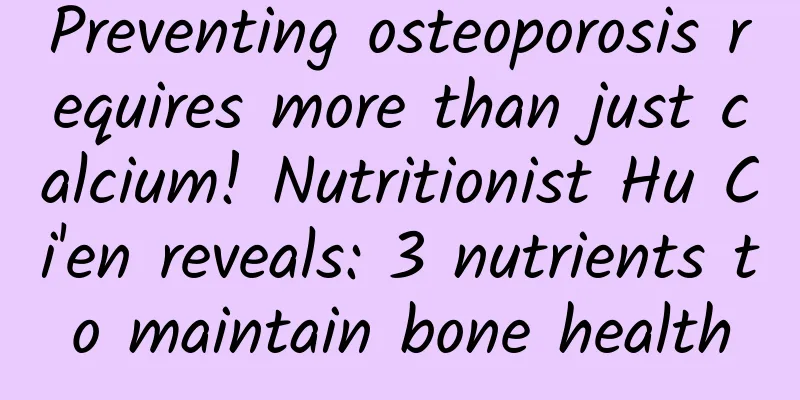
|
Among Chinese women aged 65 and above, one in four suffers from osteoporosis. Osteoporosis is the destruction of bone microstructure, which leads to a decrease in bone mass or bone density. Especially in women after menopause, the rate of bone loss increases rapidly due to the rapid decrease in estrogen secretion. People often say: "Calcium supplementation can prevent osteoporosis." Nutritionists say that maintaining bone health requires not only the mineral calcium, but also magnesium and vitamin D. Understanding OsteoporosisTo understand osteoporosis, you need to first know what role bones play in the body? In fact, bones are like the steel bars of a house, responsible for stabilizing the body's support for walking, exercising, and standing. Healthy bones have the characteristics of high density and small pores. If the bone mass is lost and has low density and large gaps, it is like shoddy steel bars that are easily collapsed by external forces, which is the common fracture and bone crack, which will make us unable to recover from it and the road to rehabilitation will become more difficult! Therefore, we need to have a good understanding of the bones that we live with day and night to avoid the loss of our bone mass! Clinical diagnostic criteria for osteoporosisDietitian Hu Ci'en from the Nutrition Department of Catholic St. Martin's Hospital said that in terms of bone examination and report analysis, the most common bone density diagnostic machine is the axial dual-energy X-ray absorptiometry (DEXA). By measuring one of the lumbar spine or hip bones, the T value can be obtained. Based on the change in the T value, we can understand the current quality of our bones. The following are the clinical diagnostic criteria for osteoporosis: (Photo provided by Hu Ci'en and nutritionist You Weiming) If people do not go to the hospital for a detailed bone examination on a regular basis, they can also pay attention to whether they have hunchbacks, height reduction of more than 4 cm, frequent pain in the lower back, etc. recently. These may be warning signs of osteoporosis! Two major groups are at risk of osteoporosisAs the population enters an aging society year by year, the osteoporosis rate among the elderly over 65 years old has increased to 14.1%, which means that 1 in 7 people is at risk of osteoporosis, and the osteoporosis rate in women is higher than that in men (17.4% for women and 10.4% for men). Therefore, it is particularly important to understand the bone health of the elderly and women! If the examination shows that the patient is in the osteoporosis stage, our normal movements will become a big challenge for osteoporosis patients. Often, a single slip and fall can result in fractures or bone cracks, and in severe cases, even disability may occur. The public should pay attention to the severity of osteoporosis and keep track of the bone condition of their family members at all times. When you are old, you may find yourself in a dilemma of having too few bones to use. Moreover, if the elderly rarely go out to bask in the sun to get vitamin D, the risk of osteoporosis is greatly increased. Risk factors for osteoporosis in the elderlyDuring the developmental stage of our lives, bones are gradually stored in our bodies, allowing us to grow and move, and reaching the peak of bone density in our 20s and 30s. Just like our salary, we need to earn and accumulate it through hard work when we are young, so that we can prepare for the emergency when we retire in old age! As we age, bone density is slowly lost, and at this time, we mainly rely on the bone mass stored in our youth. However, if a good bone foundation is not laid when you are young, you may find yourself in an embarrassing situation of having too little bone when you are old. Moreover, if the elderly go out less often to bask in the sun to get vitamin D, the risk of osteoporosis is greatly increased. Risk factors for osteoporosis in womenThe innate gender difference between women and men results in lower bone density than men at all stages of life. Furthermore, women will lose calcium to a greater or lesser extent during pregnancy, childbirth, and breastfeeding. The calcium lost with each childbirth is irreversible! The most important factor in osteoporosis is "menopause." The human body's sex hormones are important protective factors for bones. Once women reach the menopause stage and lose the protection of estrogen, their bone density will plummet like a roller coaster. If preventive measures are not taken, osteoporosis will definitely come knocking on their door. 3 nutrients to maintain bone healthIf we want to recharge our bone mass in our daily lives, we first need to understand the key roles in maintaining bone health. Daily requirements and food sources of the minerals calcium, magnesium and vitamin D. 1. Calcium It is the most important key mineral in bones. In the human body, osteoblasts and osteoclasts regulate each other to supply the needs of body cells. Calcium plays an important role in maintaining bone growth, allowing bones to remain healthy and avoid osteoporosis. Nutritionist You Weiming from the Nutrition Department of Catholic St. Martin's Hospital said that according to the 2022 "Dietary Reference Intake of Nutrients for Chinese People", it is recommended that people over the age of 19 consume 1,000 mg of calcium per day to maintain bone health. Common calcium-rich foods include milk, dairy products, dried fish, black sesame, amaranth, tofu, dried tofu and other ingredients. In a 2021 randomized controlled trial, the elderly in nursing homes were given a high-calcium diet. Compared with the elderly on a normal diet, the risk of all fractures was reduced to 33%, the risk of hip fractures was reduced by 46%, and the chance of falls was reduced to 11%. This means that through the intervention of a high-calcium diet, the related risks of osteoporosis in the elderly can be effectively reduced. 2. Vitamin D In recent years, the topic of vitamin D supplementation has become increasingly popular. The power of vitamin D lies in its auxiliary function, which can promote the absorption of supplemented calcium to maximize bone growth, and inhibit osteoclasts from eroding our bones, achieving the effect of bone health care! When you are free, you can take advantage of 2-3 pm in the afternoon when the sun is not so glaring to go outdoors for a walk and bask in the sun, absorb natural vitamin D, regulate bone health, and reduce the chance of osteoporosis. According to the 2022 "Dietary Reference Intake for Chinese People", it is recommended that people over the age of 19 take 10 micrograms of vitamin D per day. Considering that the elderly are less likely to go outdoors to bask in the sun, the recommended intake for people over the age of 51 is increased to 15 micrograms to increase calcium absorption and utilization. Foods rich in vitamin D include salmon, eggs, milk, dried mushrooms and kelp that have been exposed to the sun. According to the "Chinese Dietary Reference Intake", it is recommended that men over 19 years old consume 380 mg of magnesium per day and women consume 320 mg of magnesium per day to ensure stable bone absorption. Foods rich in the mineral magnesium can be mainly consumed through nuts, whole grains, seafood and dark green vegetables, such as almonds, pumpkin seeds, brown rice, spinach, clams, etc. 3. Magnesium The key to preventing osteoporosis is to pay attention to whether the magnesium intake is sufficient. Once the body lacks magnesium, no matter how much calcium and vitamin D are supplemented, the effect will be reduced. Magnesium is like a taxi for calcium. It can transport calcium to various parts of the bones for storage, providing a good source of bone growth. However, if the transportation of magnesium is reduced, no matter how much calcium there is, it cannot be delivered to the corresponding bone area for good utilization, resulting in bone loss and the risk of osteoporosis. According to the "Chinese Dietary Reference Intake", it is recommended that men over 19 years old consume 380 mg of magnesium per day and women consume 320 mg of magnesium per day to ensure stable bone absorption. Foods rich in the mineral magnesium can be mainly consumed through nuts, whole grains, seafood and dark green vegetables, such as almonds, pumpkin seeds, brown rice, spinach, clams, etc. Nutritionist Hu Ci'en demonstrates a daily menu to prevent osteoporosis Breakfast: avocado, cheese, egg, whole wheat toast, 1 cup (240 ml) of fresh milk. Fresh milk, cheese and eggs are rich in calcium, which can maintain bone health. Avocados contain calcium and magnesium, which can increase calcium absorption and make bones more stable. Avocados also contain omega-9 monounsaturated fatty acids, which can prevent cardiovascular diseases. Whole wheat toast contains magnesium, which can regulate and accelerate the absorption of supplemented calcium. Whole wheat products are unrefined starch and contain more dietary fiber, which can help intestinal digestion and has many benefits. Lunch: brown rice, lemon grilled salmon, sea bud salad, spicy kale, peanuts and dried fish. Brown rice is rich in magnesium and B complex, which can help calcium absorption. Salmon is rich in vitamin D, which enhances calcium absorption. It is also rich in omega-3 monounsaturated fatty acids, which can fight the body's inflammatory response and reduce the risk of cardiovascular disease. In addition to increasing the variability of the meal, kelp sprouts, kale, peanuts and dried fish are also calcium-rich foods. Lunch snack: Sesame nut drink Sesame seeds and nuts are mainly rich in magnesium and zinc, which can promote calcium absorption and maintain bone health. Dinner: Quinoa rice, Italian grilled chicken legs, edamame and shrimp, garlic sweet potato leaves, and Hakka stir-fry. In addition to being rich in calcium, quinoa also contains essential amino acids for the human body to supplement the protein needs. It also contains dietary fiber and B complex, which are very beneficial for digestion and metabolism. Edamame, shrimps and Hakka stir-fried dried tofu are also good sources of calcium and high-quality protein, which can enhance the protection of bones and muscles. Sweet potato leaves are also classified as green vegetables with more calcium, so calcium can strengthen bones. |
Recommend
Gained 3 kg in half a year! Hypothyroidism
If you experience sudden and unexplained weight g...
How does pelvic effusion go away?
Pelvic effusion refers to the presence of inflamm...
Make good use of sugar substitutes to help lose weight. Save 100 calories a day and enjoy slimmer skin.
Many people try their best to lose weight, but to...
Is it safe to use traditional Chinese medicine to induce abortion? See what traditional Chinese medicine says
Some women have unexpected pregnancies. If they w...
What are the effects of Dafilin?
Diphylline is a drug commonly used to treat prost...
What are the complications of uterine fibroids?
Uterine fibroids are the most common benign tumor...
Eating vegetarian diet to lose weight leads to less calcium and osteoporosis
Vegetarianism is very popular nowadays. In additi...
Sitting for long periods of time hurts the body of office workers! Wu Mingzhu recommends: 3 tips for fat-burning and spleen-nourishing weight loss
The sun is scorching, be careful not to "sit...
Is it premature ovarian failure if the menstruation stops after three days?
The disappearance of menstruation after three day...
To slim down your legs, it’s not enough to just tap the gallbladder meridian! Chinese medicine doctor Dong Yirong: Add "this 1 trick" to reduce edema and make your legs more beautiful
In pursuit of celebrity-like slender legs, in rec...
What are the drugs for treating candidal vaginitis?
Vaginitis is a very common gynecological inflamma...
Premenopausal symptoms should not be underestimated
Amenorrhea is often very painful for women and is...
Causes and treatments of pelvic effusion
Causes and treatments of pelvic effusion: Pelvic ...
Is drinking corn silk tea or coix seed water a magic drink for weight loss? Doctor: Reducing fat and promoting metabolism is the Bible for weight loss
Korean girls have a variety of ways to lose weigh...
Find out the culprit of constipation: Sitting for a long time is the number one killer! 4 must-learn moves to promote bowel movements
If you have constipation and are worried, and wan...




